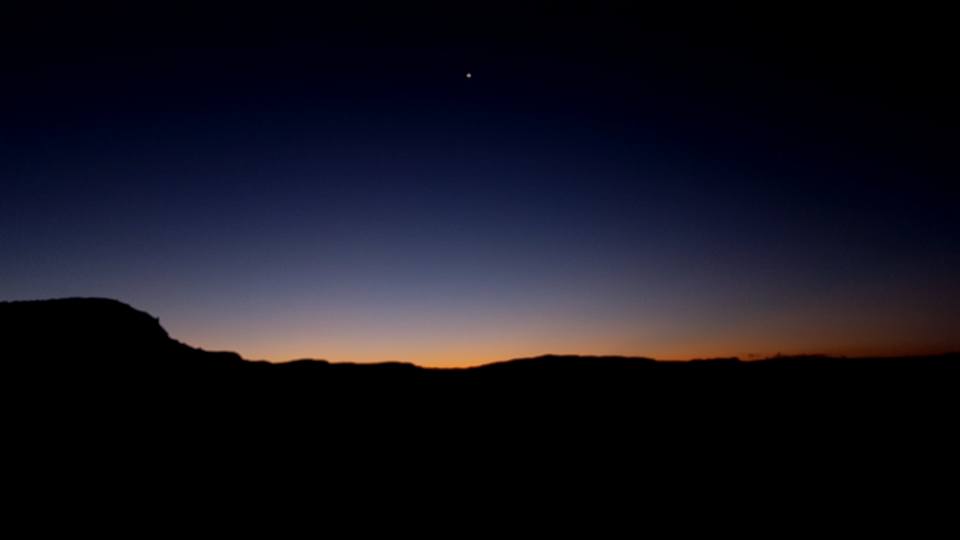Equinox comes twice a year, as you know: it brings the spring and it brings the fall. A quick search shows us Google’s definition:

And it also shows us the date of this year’s, 2018, Spring Equinox:

I am a member of a Co-Op because I’m a crunchy hippie lady and they also think that the equinox is tomorrow or the next day. In fact, every year, they give us discount days on the 21st of equinox and solstice months as a special thank you for being members.
Imagine my surprise, then, to hear an allegation that the equinoxes are not being reported on the right days. So check this out:

As you can see, where I’ve highlighted, the 17th of March is when there is ACTUAL equal parts day and equal parts night, where I’m at, in Seattle, Washington. It is a far cry from falling on the 20th, as reported.
Why the misrepresentation?
According to this apparent wizard at Space.com, the reason that the times don’t match the day we “officially” recognize the equinox is because of warped perspective. He asserts that we see the sun rise before it actually does and we see it set before it actually does and that our sunrise and sunset times, as listed above, are “perceived” times, not actual times. Still, if the sun moves at a steady pace and we both see it rise later and set later, wouldn’t the times still show the amount of daylight and night life as they do on the table?
Hmmmm….
I’m a skeptic. I want to know how we determine the equinox if it’s not based on “apparent” sunrise and sunset times. Here we go.
Weather.gov says:
There are only two times of the year when the Earth’s axis is tilted neither toward nor away from the sun, resulting in a “nearly” equal amount of daylight and darkness at all latitudes. These events are referred to as Equinoxes.The word equinox is derived from two Latin words – aequus (equal) and nox (night)
So, it’s more about the tilting of the axis, I guess. I’m wondering, then, with the precision with which our ancestors mapped celestial events, how they determined the equinoxes? They could not see the tilt of the axis, I’m guessing?
Turns out, the best guesses are that they used observational data. Observational data is “apparent” and “perceived”, not calculated beyond our perceptions, as the modern world is telling us our modern equinoxes are. Hmmm….
Hebrew tradition holds great significance in astrological calculations. In a paper I found on the subject of determining the Hebrew equinox, I found this visual:

Besides containing a sine wave (which I’m dorked out about in life in general), it’s also indicative of the equinox’s real or at least other significance. It’s not necessarily about the length of day and night, per se, but about the apparent position of the sunset throughout the year. The equinox is the point in the year where the sun sets directly in between the two extremities: the winter and summer solstices. That’s interesting!
I guess it just so happens to be near the day where it is actually equal and, in itself is just about equal parts day and night.
In that case, there is no misrepresentation, it would seem. I don’t know why that wizard and many others have to talk about “perceived” rise and set times in this case and why they can’t bring up the sine curve of sunsets, but what do I know?
I hope someone can correct me, if I’m wrong.
Let’s back up to the other term mentioned in the first definition above, equinoctial point. It said that the equinox is a synonym for this term. So how is it defined?

So the equinox is also called the equinoctial point which is when the ecliptic cuts the celestial equator…..the ecliptic being the oblique circle-oid that Earth’s axis-tilt pretend-draws on the pretend sphere that is all of space, which looks like this:

And the celestial equator being the sort of equator of that pretend sphere.
Whew! Are you tired yet?
Look at the picture of the celestial sphere again. Imagine that middle teal line is the celestial equator and the ecliptic is the lines that would be drawn if a plate shot through Earth’s equator and into infinity as we wobbled about. Every time that plate lined up with the celestial sphere’s equator perfectly, which would only be for a moment as it passed by, realistically, THAT would be the equinox.
Holy shit, people. That was rough.
So, the equinox is probably being reported correctly. Just for shits and giggles, I wanted to know, now, after all that work, when the EXACT MOMENT of the equinox is:

I’m guessing that’s UTC time, which means it is just about 10 hours from this exact moment that I write this. How timely.
Enjoy your equinoxes, friends!
Find that equinoctal balance within you, as you find it without! The spagyric remedies, supplements, and healing modalities available from Phoenix Aurelius’ lab and apothecary utilize philosophies of balance and natural law, incorporate wild-crafted ingredients, and focus on small batches of high quality and purity. Do yourself a favor and heal!


Comments are closed